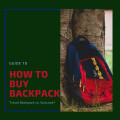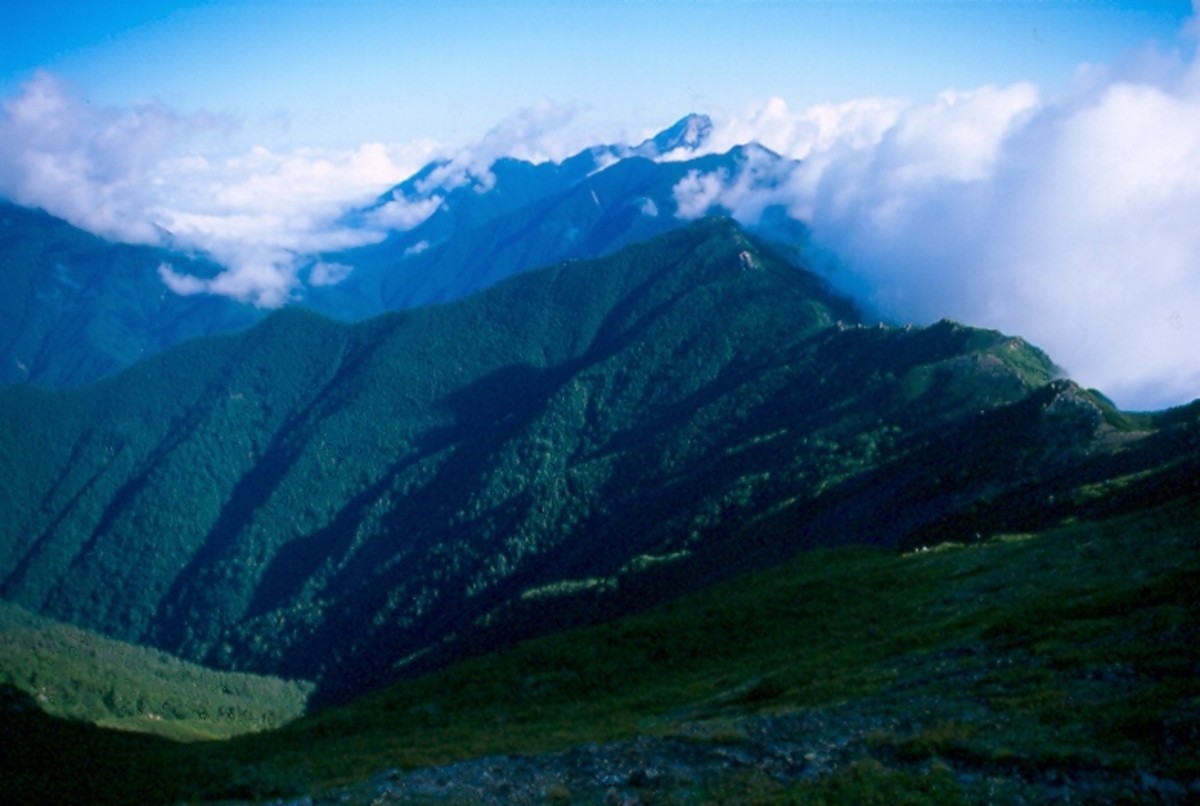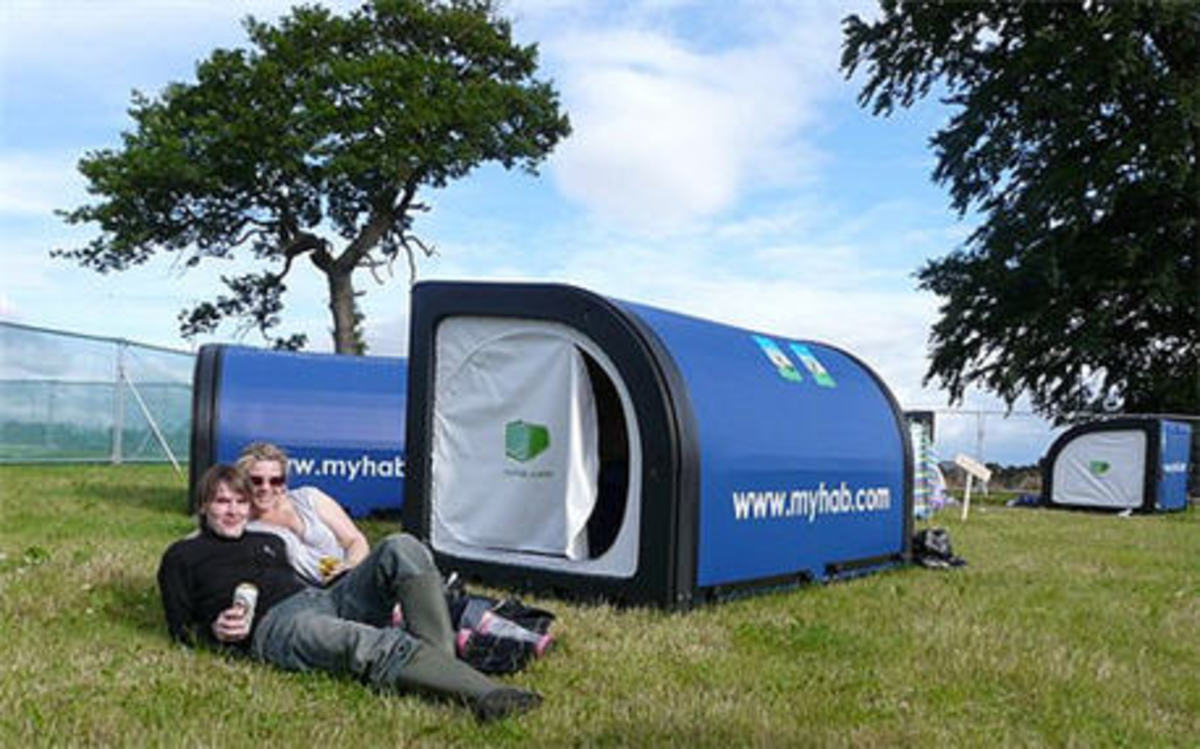How to Pack a Hiking Backpack
Hiking is a wonderful pastime, which can be marred by an ill-fitting, bulky, lumpy, or enormously heavy backpack. Many beginners bring too much stuff, and find that they still forgot the important things!
Before you begin packing, spread everything that you will need across the floor or the couch to inventory your gear. Double check that you have all the essential items, and that you don’t have any unnecessary that will weigh you down. REI has some wonderful lists that can help you make decisions about what to bring and what not to bring.
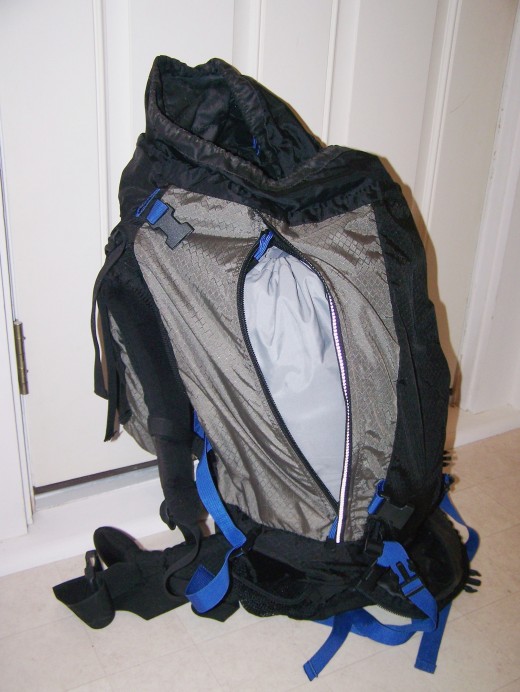
Types of Packs
Every pack is different, and the design of the pack will dictate how to load it. Most packs have a large mouth at the very top—these are called top-loading packs. A few open from the side, called panel loading packs. In my opinion, the most convenient designs are top-loading packs with a zipper along the side. This allows you to access something in the middle of your pack without completely unloading what might be on top of it.
Most packs have three main compartments: the very bottom, or sleeping bag compartment, the middle, or the body of the bag, and the top lid. Most packs will have various other smaller compartments as well.
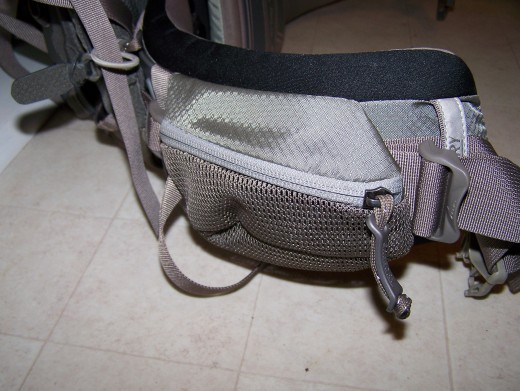
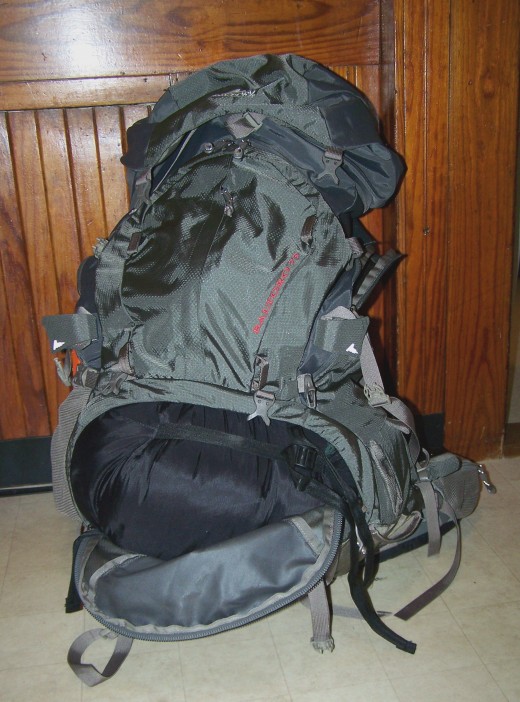
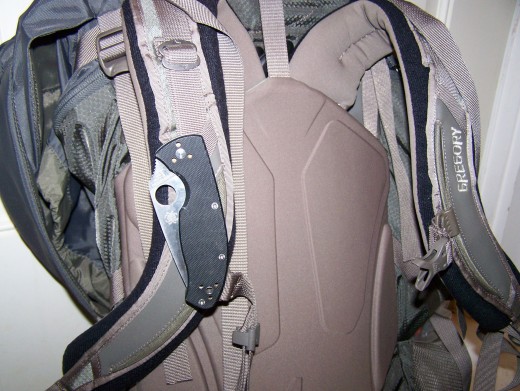
Loading the Pack
Keep two things in mind when you load the pack.
- Load the heaviest items in the middle, close to your spine.
- Keep the items you will use the most readily accessible.
If your pack has a built in hydration system, you’ll want to fill the bladder first. It is much easier to fit the full bladder into the compartment when the pack is mostly empty. Next, load the heaviest items, such as food and your portable stove, closest to the frame of the pack, near your back. Many hikers still pack the heaviest items at the top of the pack, but with new pack designs which fit close to the back, it’s now recommended to keep the weight centered.
Generally, your sleeping bag will go in the very bottom compartment. You may also be able to fit other bulky gear in this compartment if your sleeping bag has a compression sack. Other gear that you won’t need until you set up camp, such as extra clothing and your tent, can go in around the heavier things in the center of the pack.
Keep small frequently used items like headlamps, sunscreen and chap stick in the top lid or other small outer compartment where they are easily accessible. On virtually every single pack there will be two side pockets for water bottles. These pockets are also great for toilet paper and a small shovel for bathroom breaks.
Almost every pack will have straps on the outside of the sleeping bag compartment and may have some on top of the top lid as well. These straps come in handy for securing tent poles, trekking poles, and your sleeping pad to the outside of the pack.
Compression Straps
Once everything is properly loaded, it is important to properly adjust all of the compression straps on the outside of the pack. The straps are meant to compress the contents of the pack in certain strategic areas, making the pack smaller and therefore easier to maneuver and balance. An unbalanced pack will throw off your balance, and cause extra strain on your body.
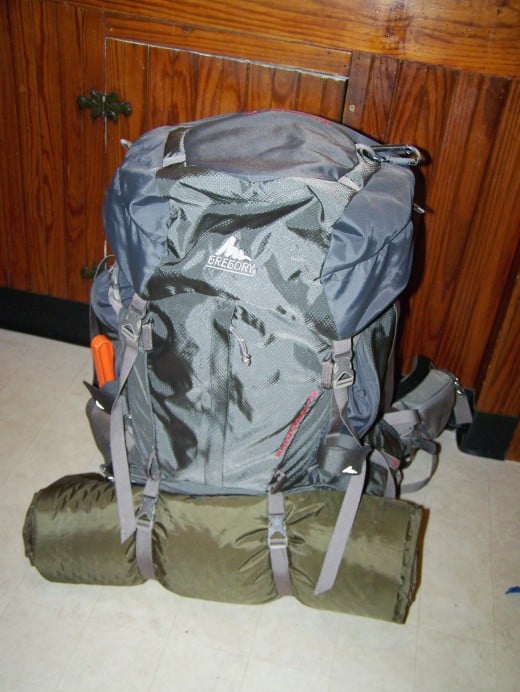
Find out more about preparing for a hiking trip.
Works Cited:







